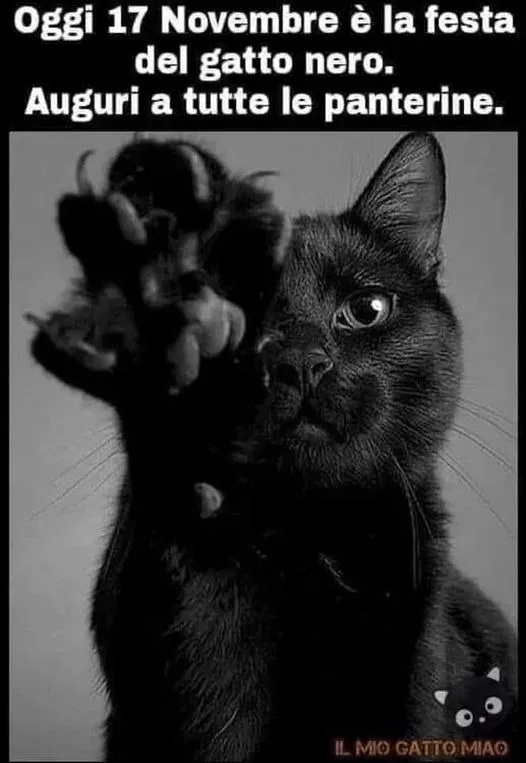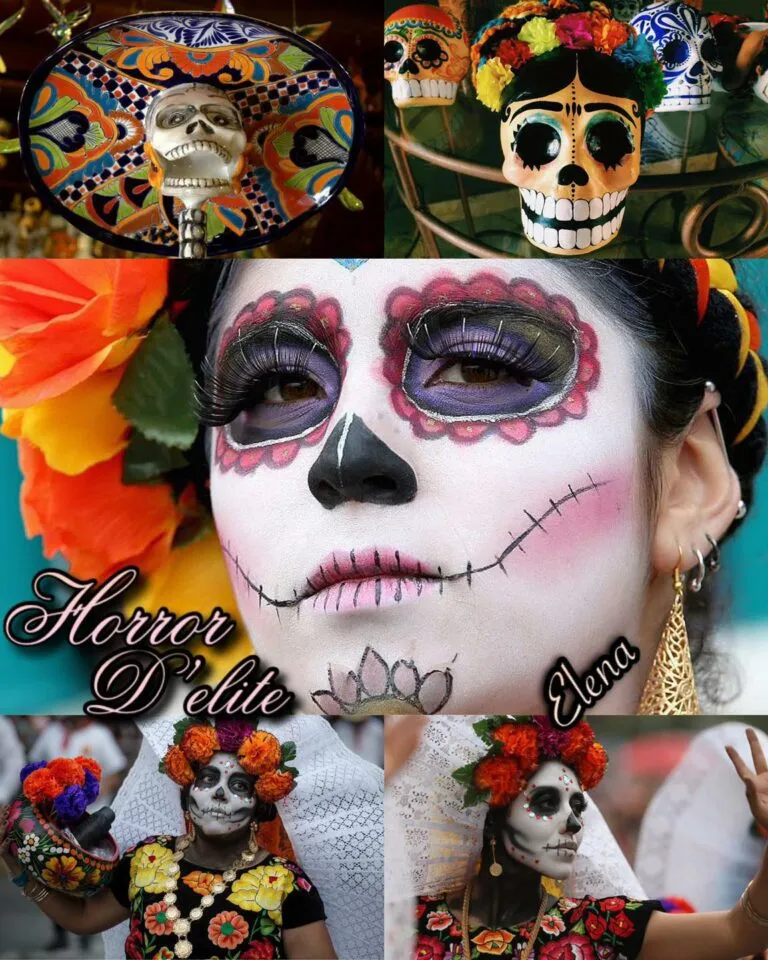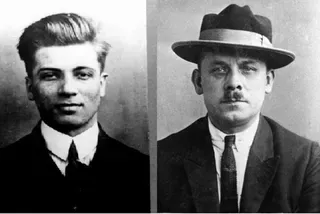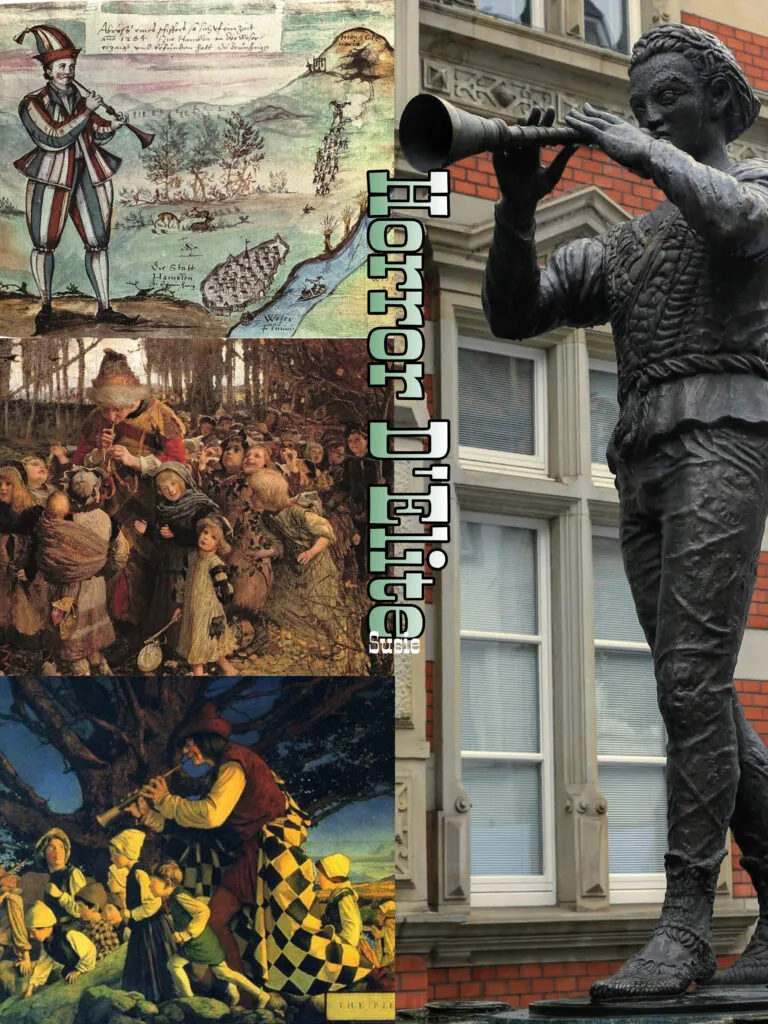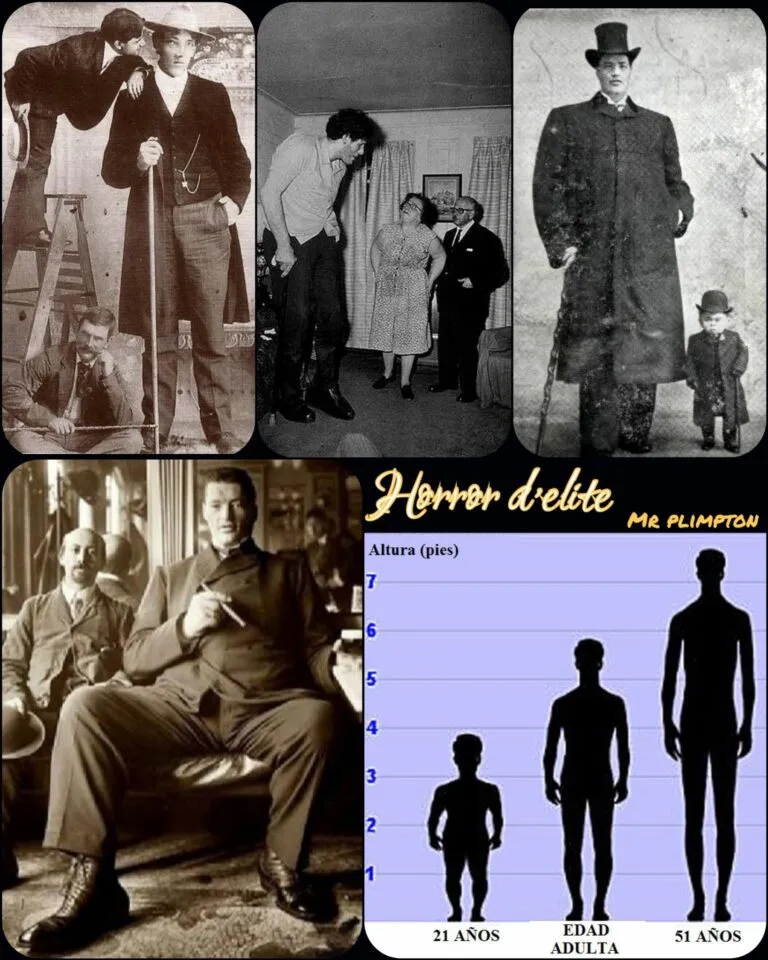Black Cat Day
Black cats have a bad reputation in many countries, but nowhere as much as in Italy. In 1233, Pope Gregory IX issued a papal bull declaring them instruments of the devil, initiating a true persecution throughout the Middle Ages, when black cats were thrown into the fire to join witches on the pyre.


